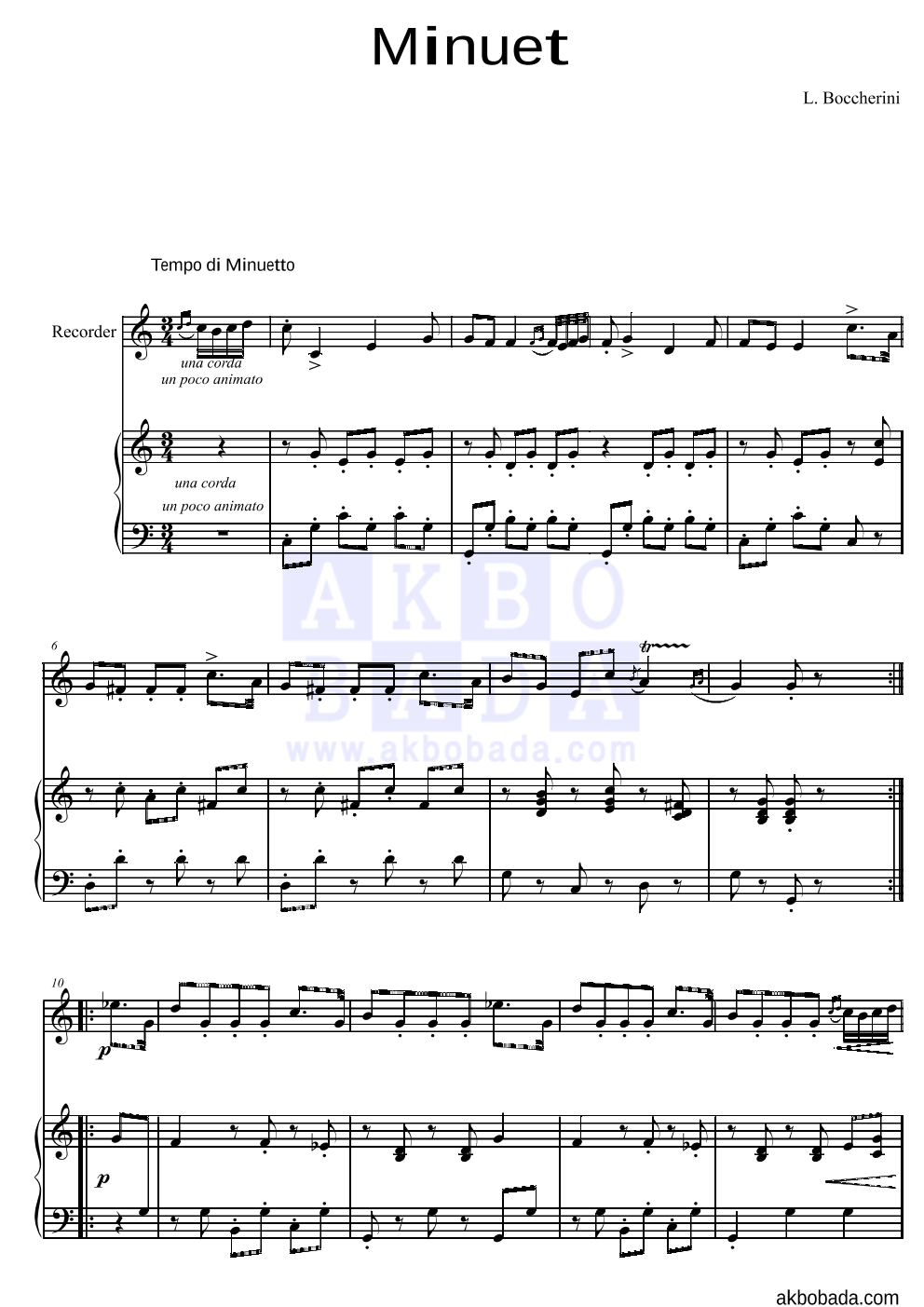

Similarly one may ask, what is a Minuet in music definition? It turns up often as the third movement of symphonies and string quartets, and has also been used extensively in the piano works of Mozart and Beethoven, among others. The Minuet and Trio is a common form used in classical music composition. (The corresponding situation for a minor-key main minuet is a maggiore Trio.The minuet was originally a French dance | Source. When the tonic stays the same, a major-key main minuet might be contrasted with a Trio marked minore. While contrasting tonally with the main minuet is a central feature of the Trio, Trio’s often simply projection modal contrast. It’s primary job is to establish melodic and harmonic contrast. Like the minuet, a trio is typically a rounded or simple binary form. Commonly, the recapitulation expands the exposition’s closing phrase. The definitive characteristics of a minuet’s recapitulation function are (1) the return of the basic idea from the A section at its beginning, (2) the return of the home key at its beginning, and (3) a final PAC in the home key.Ī recapitulation typically copies the thematic and phrase-structural features of the exposition, but altering the secondary theme so as to end in tonic. Commonly, the I:HC is followed by a post-cadential “.” Recapitulation When doing analysis, your goal should be to identify the melodic/motivic material and understand the tonal structure.Ĭontrasting middle passages end with a I:HC, creating a harmonic interruption. Sequences and remote tonal areas are quite typical of the digression section. Though it may contain some kind of thematic structure (sentence, primarily), it often does not. Contrasting MiddleĪ contrasting middle section is significantly looser than the exposition.

Sometimes the secondary theme closes with a PAC and is followed by a closing section. Very, very often the transition and the secondary theme are “fused” together (TR=>S) in a single phrase. (If a new phrase begins immediately in the subordinate key through, there is no transition function.) If a phrase contains a linking the main key to the subordinate key, that phrase is understood to express transition function. Often, it is looser than the main theme-perhaps expanded or contracted. At minimum a secondary theme will close with cadential confirmation (usually a PAC) of the subordinate key. When an exposition does not modulate, it is understood to exclusively express primary theme function.īut if the exposition modulates, the functions of transition, and secondary theme may appear as well. A prototypical primary theme is (1) tight-knit and (2) ends with a PAC or HC in the tonic key. Not all of these functions are necessarily present.Įxpositions always have a primary themes.

It is common, however, for an exposition to have more complex structure, projecting not just primary theme, but secondary thematic function, transition, and closing. ExpositionĪt the least, the exposition module of the minuet typically contains a primary theme: tight-knit (period, sentence, or hybrid), ending with a PAC, or occasionally a HC. The formal function exhibited in the A section is called exposition function the B section contrasting middle function and the A’ section recapitulation function. The first reprise contains the A module of the minuet the second contains the B and the A’ modules.Įach section of the minuet’s (or the trio’s) small ternary form has its own formal function attached to it. The first part in the two-part structure is the first reprise, and the second part is the second reprise, so called because they each repeat. That is, while there are three distinct modules-A, B, and A’-they are grouped into two larger sections, each of which is repeated. However, the small ternary structure found in the typical main minuet is of the rounded binary type. Like the minuet/trio movement itself, the small ternary form follows an ABA’ structure. The movement, then, has a large-scale ABA’ form: minuet–trio–minuet da capo.īoth the main minuet and the trio tend to be small ternary structures. A classical minuet movement typically contains a main minuet, followed by a trio, _followed by a _da capo repeat of the main minuet (usually performed without taking the repeats).


 0 kommentar(er)
0 kommentar(er)
